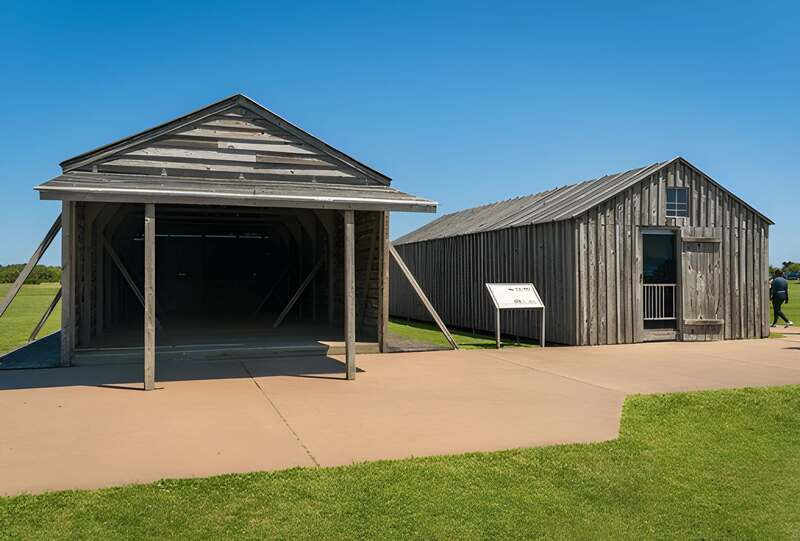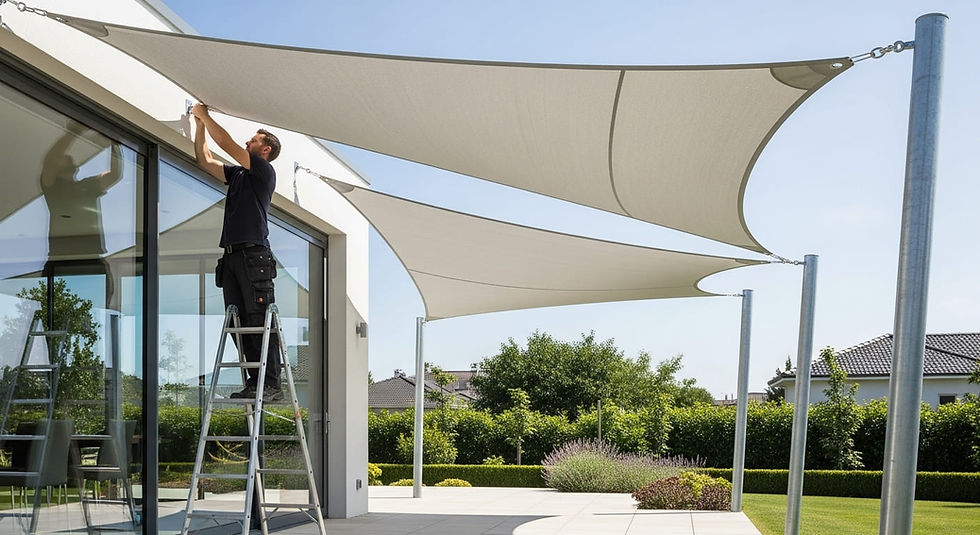Top Design Trends For Portable Homes In Australia
- Anna Brake
- Jun 13
- 4 min read
Have you ever wondered what it would be like to live in a home you could move wherever life takes you? Are you curious about the booming portable housing scene sweeping across Australia? Perhaps you’re dreaming of downsizing yet still enjoying the comforts of a modern home. If any of these questions spark your interest, you’re in for a treat.
In this post, we’ll explore the top five design trends for portable homes in Australia, with a focus on space-saving strategies and stylish aesthetics. You’ll discover why more people are embracing transportable properties—from relocatable bungalows to demountable homes for sale—and how technology is reshaping the way we look at small house living. Plus, we’ll discuss crucial factors like approvals and price lists, so you can make informed decisions when you’re ready to dive into the world of portable houses.
Understanding The Rise Of Portable Homes In Australia

Australians love the great outdoors, and it’s no surprise they also enjoy homes that allow them to adapt to this ever-changing environment. In many parts of the country, finding affordable housing has become more challenging. As land prices climb, a greater number of people are looking at portable houses Australia has to offer, whether they’re searching for a cheap transportable home or a premium relocatable villa. This has led to a growing variety of options, from modular units to custom-built relocatable homes.
Besides affordability, there’s the appeal of freedom. A relocatable bungalow or tiny house can open up the potential to live anywhere—from secluded bushland hideaways to coastal retreats with ocean views. Having a place you can take with you is liberating and makes it simpler to explore countless locations across the country. There’s also less worry about permanent foundations or massive construction sites.
Eco-Friendly & Sustainable Materials
One of the most noticeable trends in Australian portable homes is a shift towards eco-friendly materials. More homeowners than ever want to minimise their carbon footprint. They want a house made of sustainable resources, providing a healthy living space that coexists comfortably with nature.
Recycled timber, reclaimed steel, and natural insulation products are all popular choices. Some builders even incorporate walls from repurposed shipping containers, while others rely on sustainable wood sources to construct frames and interiors. This approach helps lower the environmental impact and keeps construction costs manageable. It also means your new portable house might one day have a stronger resale value, since eco-conscious living continues to expand across the globe.
Clever Space-Saving Layouts
Portable homes often stand out for their compact size and cosy feel. Yet, being small doesn’t mean sacrificing comfort. Many of the best modern designs include multipurpose rooms, convertible furniture, and creative storage solutions. This is where ideas like tiny house plans PDF come in handy, providing detailed looks at how to fit a lot of style and function into a limited footprint.
Some layouts draw inspiration from small house living Australia PDFs, incorporating spiral staircases, loft beds, and hidden compartments. By focusing on clever floor plans, you can transform even the tightest corners into usable space. Don’t be shocked if you see entire families living happily in a 40-square-metre demountable, thanks to smart interior planning.
Integrating Smart Technology
Living in a portable home no longer means living off-grid and disconnected—unless, of course, you want to. Thanks to advances in technology, you can now incorporate smart home systems, energy monitoring apps, and remote security features into even the smallest relocatable bungalow. Some owners install voice-activated lighting and thermostats, while others rely on wireless networking and Bluetooth speakers for easy entertainment.
Smart tech in a transportable home can help you save energy by automatically regulating temperatures or turning off lights when you’re out. It can also keep you connected wherever you roam. Whether you’re streaming a tiny house university seminar or investigating the latest transportable homes NSW prices, all you need is a stable internet connection to stay informed while exploring far-flung corners of the land.
Flexible Customisation And Upgrades
One of the biggest draws of portable homes is the ability to customise your space. Whether you’re working with a transportable home designs catalogue or building from scratch, there’s room to let your creativity shine. From optional skylights to fine-tuning the interior layout, you can tailor every detail to suit your tastes and daily routine. It’s a far cry from the days when relocatable homes all looked alike.
What’s more, upgrades can be done in stages. Let’s say you start with a basic, affordable portable home. Over time, you might introduce a bigger deck, an advanced solar array, or even transform an unused corner into a mini-home office. Because these homes often feature modular sections, you can add new elements without a costly, permanent renovation.
This flexibility also extends to the secondary market. Used relocatable homes can be a cost-effective choice—especially if you’re comfortable with a DIY approach. You may discover a transportable house for removal that suits your budget, then adapt it to your own preferences. And if you decide you want something else down the line, you can sell and relocate your demountable to a new owner.
Key Considerations Before Purchase

Before you secure your dream portable home, take a moment to weigh a few practical considerations. Budget is usually at the top of the list. Comparing a bond homes price list to a transportable homes price list can give you a sense of what to expect. Decide whether you’d like a turnkey solution or if you’re happy to add features piecemeal. Think about ongoing expenses, such as insurance, which can differ for portable houses compared to traditional homes.
Location is another major factor. While portable homes are indeed movable, you’ll still want a suitable piece of land to park on. Some people own land, while others lease in caravan parks or tiny home communities. If you plan to use your new home as a granny flat, be sure you understand local rules. Victoria, for instance, might have different council restrictions than other states.
Conclusion
Portable homes in Australia have come a long way from their humble beginnings. Today, they come in a wide range of styles, sizes, and price levels. These homes offer low-maintenance living, let you explore off-grid living if you choose, and cater to every kind of taste—from Victorian tiny homes full of whimsical charm to sleek, minimalist designs that emphasise open spaces and modern features.



















Comments